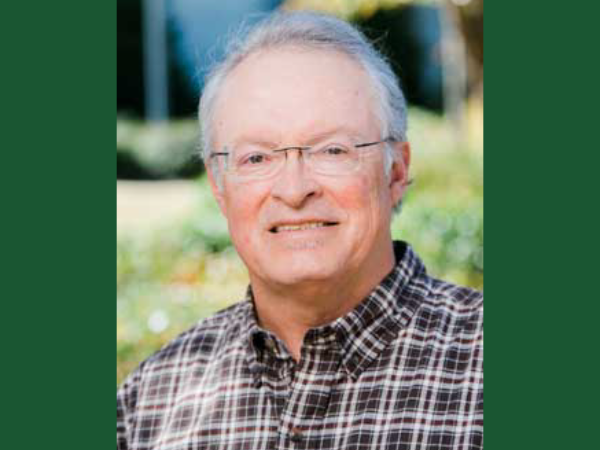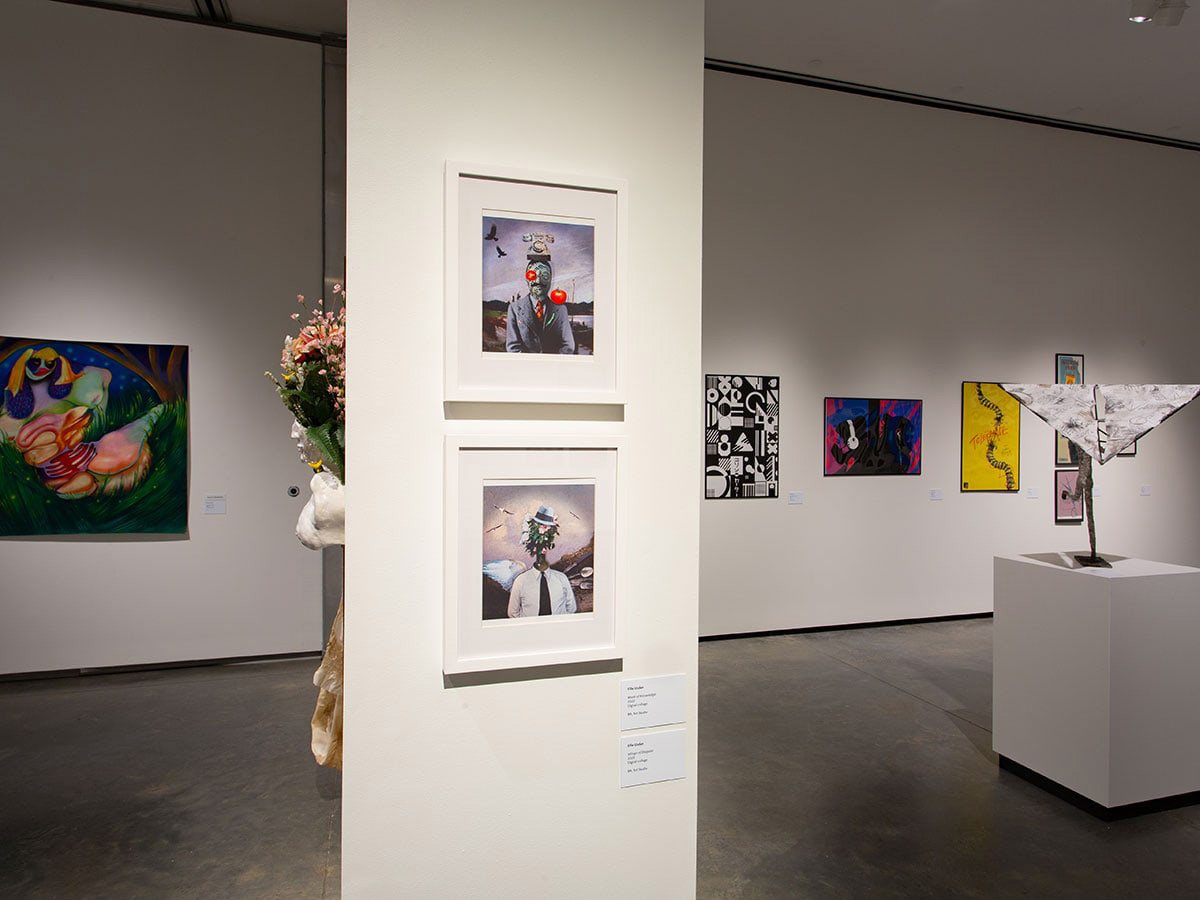A Compelling Story Sells It
By Caperton Gillett Selling a product is one thing—but how do you market a region in need of revival? If you're a graphic designer, like UAB assistant professor Doug Barrett, M.F.A., you approach it like any other commodity: Talk to the client, develop a true understanding of the product, and perhaps most important, find the story that will sell it.
Selling a product is one thing—but how do you market a region in need of revival? If you're a graphic designer, like UAB assistant professor Doug Barrett, M.F.A., you approach it like any other commodity: Talk to the client, develop a true understanding of the product, and perhaps most important, find the story that will sell it.That's what Barrett did as a graduate student at the University of Florida, when he worked with Mayan villagers in Mexico to help them develop a sustainable economy around local honey and orange juice. And that's what he's now teaching his students to do for Bibb County, Alabama—tour the area, meet the people, and discover the unique qualities that can help revive an economically struggling county—with the help of well-designed brochures, signage, and marketing collateral.
AIGA, the professional organization for graphic designers in the U.S., calls it "Design for Good." Barrett calls it an independent study class, which is by invitation only. Through this class, students come together to work in a student-run design studio called Bloom Studio, where they take the design process beyond the standard in-class curriculum, using what Barrett calls the "graphic design toolset" to solve social problems and benefit their community. The final result will be a tangible product for the client to put to use and the students to add to their portfolios.
The goal of their current project is to promote tourism in Bibb County—an effort that has involved weeks of research, numerous visits and interviews, and lots of questions. "Who is their audience? Who is their competition? And what does Bibb County have that we can leverage into something interesting people might want to come see?" Barrett says, characterizing Bibb County's assets and attractions as "the story behind the brand. What is the story, and how do we get the story out there?"
The class's project last fall was to create marketing material for the Cahaba River Society (CRS). Barrett's students designed a collection of three brochures—graduated in size and designed to nest artistically—promoting the river, including basic river excursions, canoeing safety, the Children Linking with the Environment Across the Nation (CLEAN) Program for children, and of course membership in the nonprofit CRS. They also designed a license plate benefiting the society that will be available for purchase next year. This work resulted in the award of a Sappi Ideas That Matter grant of $47,000 to create a book to tell the story of the CRS.
Networking
The students' work with the CRS led them to the Friends of the Cahaba, for whom they developed a Web site. One of those friends was Matthew Hartzell, Bibb County extension coordinator, who had an idea for the students' next client.Barrett and his students worked in conjunction with the Alabama Innovation Engine (AL Engine), which is a collaboration between Auburn University and The University of Alabama that supports the AIGA's Design for Good initiative. "Our contact at Alabama Engine is Matt Leavell, who has done a ton of work finding those in need and those with the skills to help," Barrett says.
In touring Bibb County, talking with locals, and exploring local attractions, the UAB group discovered that the county's main draw dovetailed nicely with another project supported by the AL Engine: the development of a Cahaba Blueway, a watery trail with points of interest for canoers and kayakers that flows right through the center of Bibb County.
But the tourist attractions in Bibb County extend beyond riparian pursuits. Barrett and his students visited the Brierfield Ironworks, the West Blocton coke ovens, the Cahaba National Wildlife Refuge, and other dry-land destinations that could make up a full day's visit—if visitors know where to go. "Sometimes people think, 'Just highlight everything in Bibb County,' but that's kind of tough," Barrett says. "If you're just driving in, it's difficult to enjoy everything they have, and there isn't a lot of infrastructure." The solution? A collection of day trips to promote to tourists, based on attractions already available in the county, with signage and maps to direct visitors around the area.
Some of the most curious new tourists, Barrett says, were the students themselves, many of whom have lived in Jefferson County all their lives without visiting the Cahaba River or Bibb County. "It's an eye-opening experience and very worthwhile," he says. "The important thing is not just coming from the outside and trying to effect change, but also getting local people interested in effecting the change."
The students who choose to participate in this course come preloaded with an interest in the world around them. "They're interested in preserving natural beauty and preserving culture, whether that's outside the United States or in a small town in Bibb County," Barrett says. "They recognize the significance of culture, history, and community, and how important it is to preserve those things."
For those students, the end product is a better understanding of and appreciation for their community, a chance to use their developing skills in a real-world application, and a portfolio of completed work to take out into the world after graduation. "The students get really thrilled by it," Barrett says. "The power of this is that they're not just doing work in a class, in a vacuum. They actually get to meet the client, work with the client, and do real projects that end up getting produced. It's a real professional experience."


